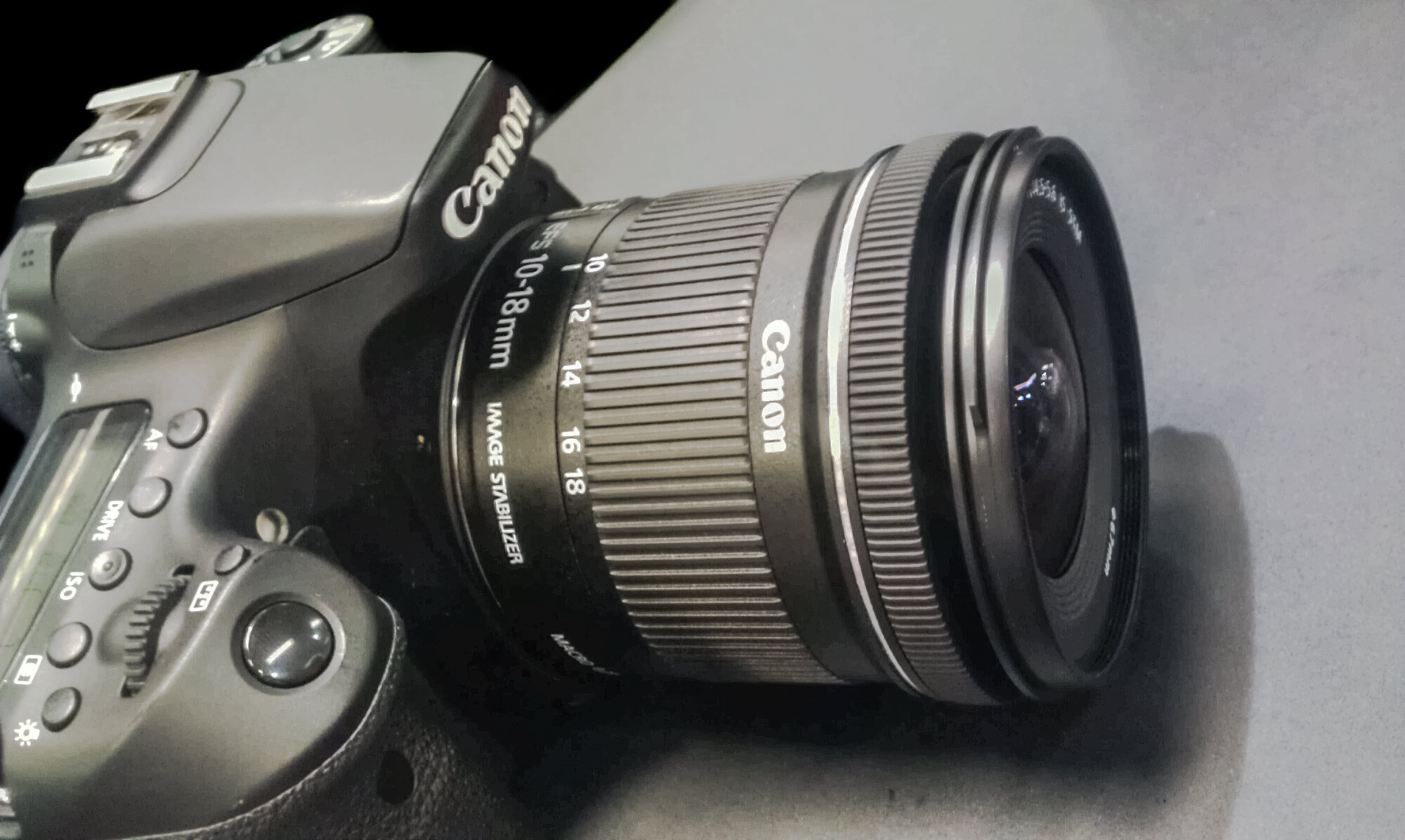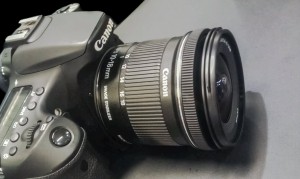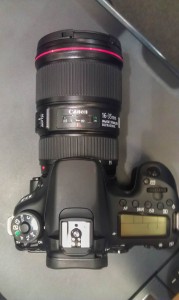It’s approaching the end of financial year and in the world of business, it’s another Christmas! Well, today it certainly felt like it when I met someone, lets call that person Santa, who had a few surprises in their camera bag.
My source informs me that I’m the 5th person to see this on Australian shores, so I am really excited to get my hands on them! These ultra-wide angle zoom lenses are a great addition to Canon’s range and will suit different levels of photographers.
I’m most surprised by the Canon EF-s 10-18mm IS STM, it’s tiny size (like a 50mm prime lens), light-weight, solid feel with many more features and I think this will sell really well at the price. I also think it will be the ultimate budget traveller’s Landscape Lens if you are a photographer that wants high quality, light weight and low replacement costs in case it gets damaged of stolen.
It is replacing Canon’s EF-s 10-22mm , which was released in 2004 and is still a great lens if you want an ultra-wide angle lens that has ‘L-series’-style colour reproduction and overall, a sharp quality with little distortion. I haven’t had a chance to pixel peep into at the images from the EF-s 10-18mm on the 70D because there was no memory card in the camera! So I can only hope that this lens will be as good if not better than the EF-s 10-22mm’s image quality. Here are some pictures from Mic’s review of the Canon EF-s 10-18mm.
A few other features that stood out were the image stabilisation and an STM motor for a quick and ‘silent’ auto-focus. Great for any handheld work, especially landscape and architectural photographers and videographers.
For low-light situations, the image stabilisation will give you 4 stops more light, in the case that a real estate agent/photographer forgets to bring a tripod, they can shoot indoors handheld providing there is sufficient light, and a higher ISO setting may need to be used.
Canon EF-s 10-18mm IS STM specifications:
- Focal Length: 10–18mm
- Maximum Aperture: 1:4.5–5.6
- Lens Construction: 14 elements in 11 groups
- Diagonal Angle of View: 107°30′ – 74°20′
- Focus Adjustment: Rear focus system
- Closest Focusing Distance: 0.72 ft. / 0.22m
- Filter Size: 67mm diameter
- Max Diameter x Length, Weight: 2.9 x 2.8 inches, approx. 8.5 oz. / 74.6 x 72.0mm, approx. 240g
And for the enthusiast, semi-pro or professional there is the Canon EF 16-35mm f/4L USM IS Lens, the glass and the build quality in this lens is much better than the EF-s 10-18mm, but that’s because it is the signature L-series, with that comes a price and a quality standard to be expected.
This lens has the added benefit of image stabilisation, again, great for the videographers, although I don’t find it necessary for my handheld video or landscape needs, it will be great for the price, which is a little cheaper than the Canon 16-35mm f/2.8L MKII.
As a current owner of the Canon EF 16-35mm f/2.8L MKII, I can vouch for the quality of these L-series Ultra-wide lenses. They render rich beautiful colours with great micro-contrast within the details. I am currently using this lens on Canon 50D and 70D, both are APS-C cropped sensor cameras, and it has a very usable zoom-range of 26-56mm on an equivalent 35mm sensor. It is my work-horse lens that I use for landscapes, portraits and events.
In saying that there are still disadvantages of Canon’s wide angle zoom lenses like having corner softness. But hopefully this lens is sharp at f/4 in the corners. As mentioned above, I wasn’t able to pixel peep, but here are some sample shots from Canon Rumors Guy. Seems pretty sharp in the corners to me, I did spot 1 image that had corner softness, but it really depends on your focusing technique and the aperture setting of the lens.
Canon EF 16-35mm f/4L USM IS specifications:
- Focal Length: 16–35mm
- Maximum Aperture: 1:4.0
- Lens Construction: 16 elements in 12 groups
- Diagonal Angle of View: 108°10′ – 63°
- Focus Adjustment: Inner focus system
- Closest Focusing Distance: 0.92 ft. / 0.28m
- Filter Size: 77mm diameter
- Max Diameter x Length, Weight: 3.3 x 4.4 inches, approx. 21.7 oz. / 82.6 x 112.8mm, approx. 615g



